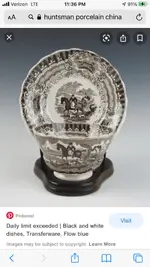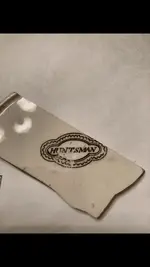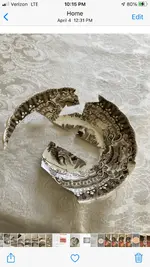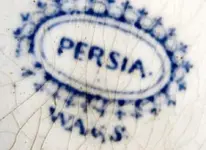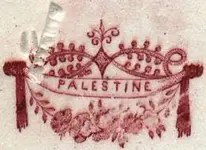halfdime
Silver Member
- Joined
- Oct 31, 2006
- Messages
- 4,514
- Reaction score
- 1,486
- Golden Thread
- 0
- Location
- Zelienople
- Detector(s) used
- White's XLT
- #1
Thread Owner
At an 1800s foundation we’re exploring, I’ve found many broken pieces of china. So many, in fact, that I’m able to start piecing some together. Yesterday I found a piece that helped me solve one mystery: the bottom of a saucer that says Huntsman. I’ve known that I had pieces to two different items and now I know why! Any ideas on dates?



